Our History
Since our beginnings over a century ago, TKDA has remained rooted in innovation and resilience. Over the decades, we have evolved alongside the engineering and architectural landscape, consistently expanding our expertise. By adapting to the changing needs of our clients and communities, we have grown our services, geographic footprint, and technical capabilities. Today, our legacy of excellence continues to shape who we are and fuels our vision for the future.
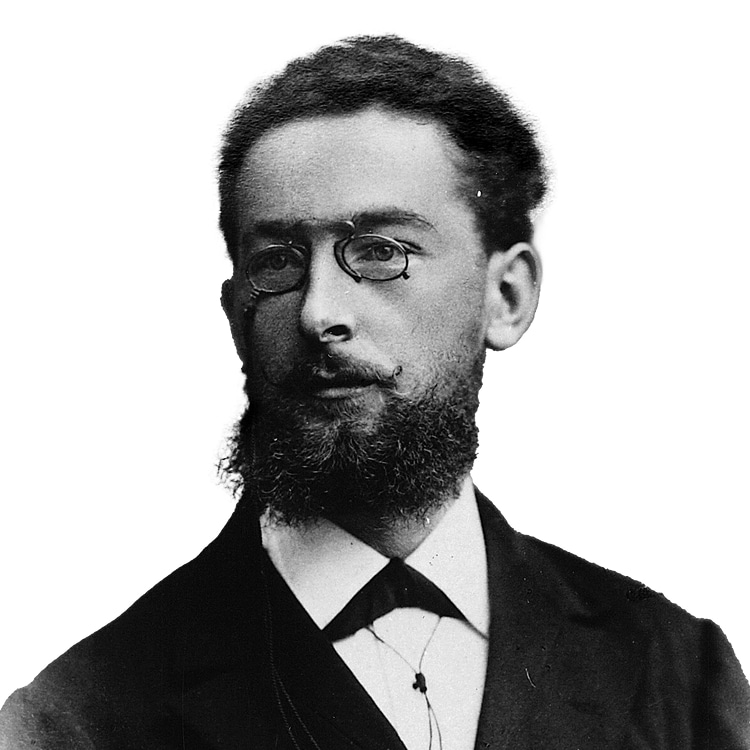
Maximilian Toltz, a German civil engineer, immigrated to Minnesota in 1882 and quickly rose through the ranks at the Great Northern Railway. Toltz’s skills and innovations as an engineer led him to become chief engineer of a major railway, but it was his entrepreneurial spirit that led to the establishment of The Toltz Engineering Company in August of 1910. Through this new business, Toltz’s work was instrumental in connecting our nation through railways and shipping and creating the infrastructure that connects our people and ties our natural resources, manufactured products, and agricultural goods from their sources to markets nationwide. The culture of innovation, excellence, and cross-discipline collaboration that Toltz fostered still guides us today.
The notable hires and projects completed during our first decade are foundational to who we are today. Architects Roy Childs Jones and Gerald Anderson joined during our first decade, adding leadership and design capabilities that have a lasting impact on our future. When Max Toltz retired in 1928, leadership of the company passed to Wesley King. A few years later, Beaver Wade Day passed away at a young age in 1931, leaving King as the driving force behind the company for 28 more years.
Our project work during this period included the Allouez Ore Docks, along with other railway facilities continuing from Toltz’s ties to the Great Northern. We provided engineering services on notable landmarks including the Como Park Conservatory, the Cathedral, and Union Depot, all in St. Paul. Design of projects like the Hamm Building in St. Paul and the Prince of Wales Hotel in Waterton, Alberta, commissioned by the Great Northern Railway, along with our first work with Minnesota Mining and Manufacturing followed. The 1920s also saw the company’s work expand to civic institutions like the Stearns County Courthouse and infrastructure that included the Robert Street Bridge in St. Paul.
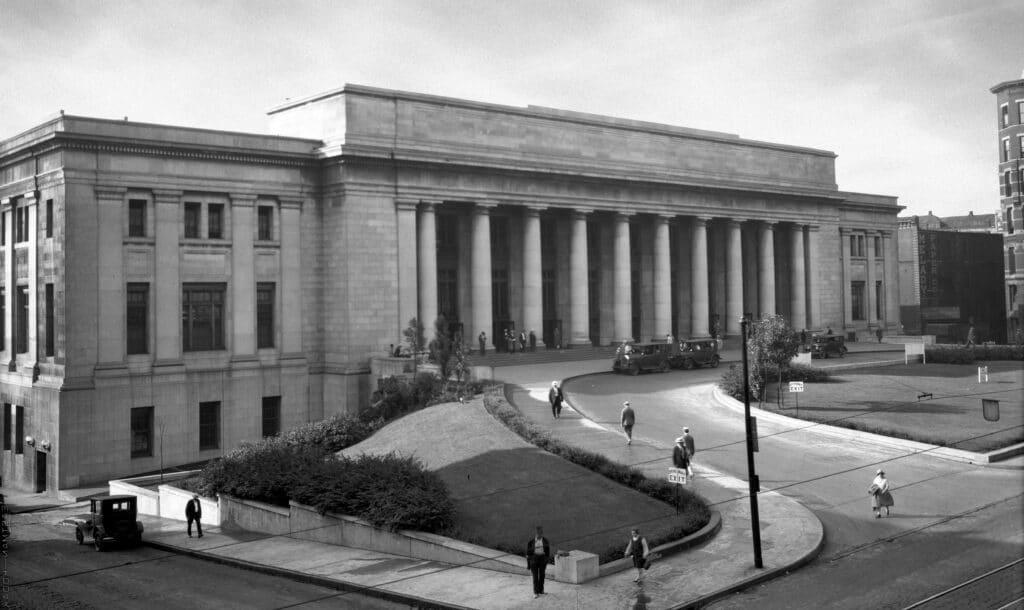 Union Depot in St. Paul, Minnesota
Union Depot in St. Paul, Minnesota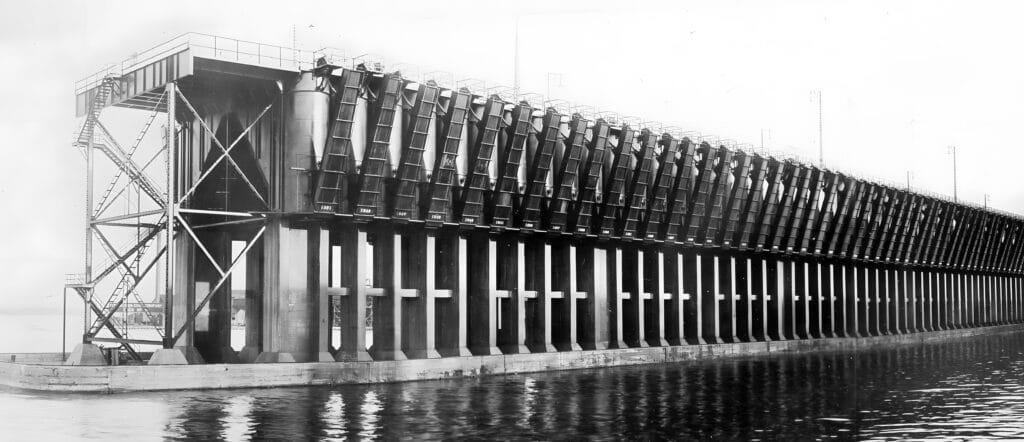 Allouez Ore Docks in Superior, Wisconsin
Allouez Ore Docks in Superior, Wisconsin
There was little demand for engineering and architectural services during the Great Depression, but our work expanded to include public projects due to our work under the Works Project Administration, the Rural Electrification Administration, and the Public Works Administration. The company’s ability to diversify during this time was the catalyst for work that we continue to perform today in transportation, water infrastructure, and civic buildings.
At the onset of World War II, Toltz, King and Day played a key role in the national defense effort through rapid facility design and construction. The post-war years brought further significant growth in public school design and Gerald Anderson became a recognized industry leader. Also during this period, Toltz, King and Day began work at general aviation airports throughout the region and at Wold-Chamberlain Field, which was later renamed Minneapolis-St. Paul International Airport (MSP). Our partnership with the Metropolitan Airports Commission and MSP continues today.
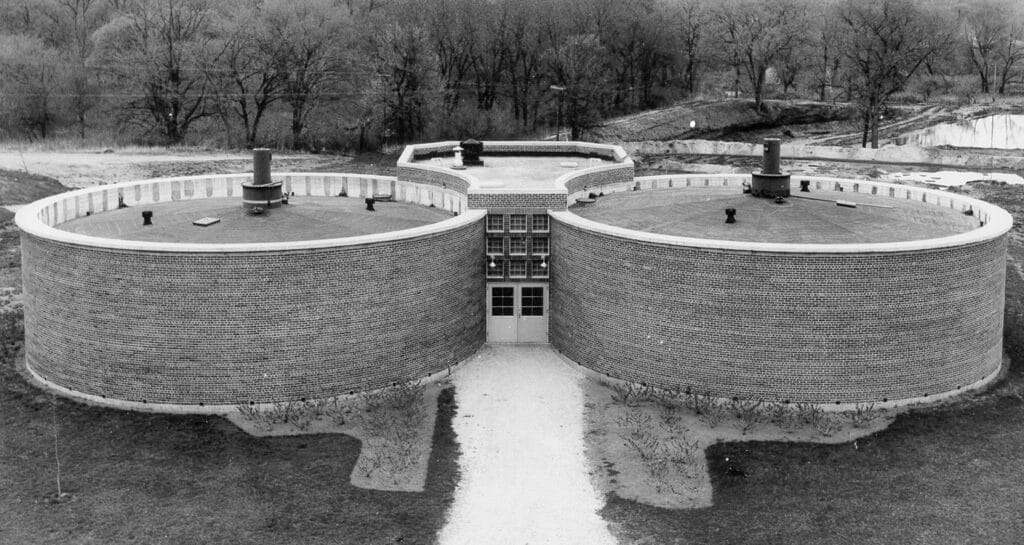 Wastewater Treatment Plant in Rochester, Minnesota
Wastewater Treatment Plant in Rochester, Minnesota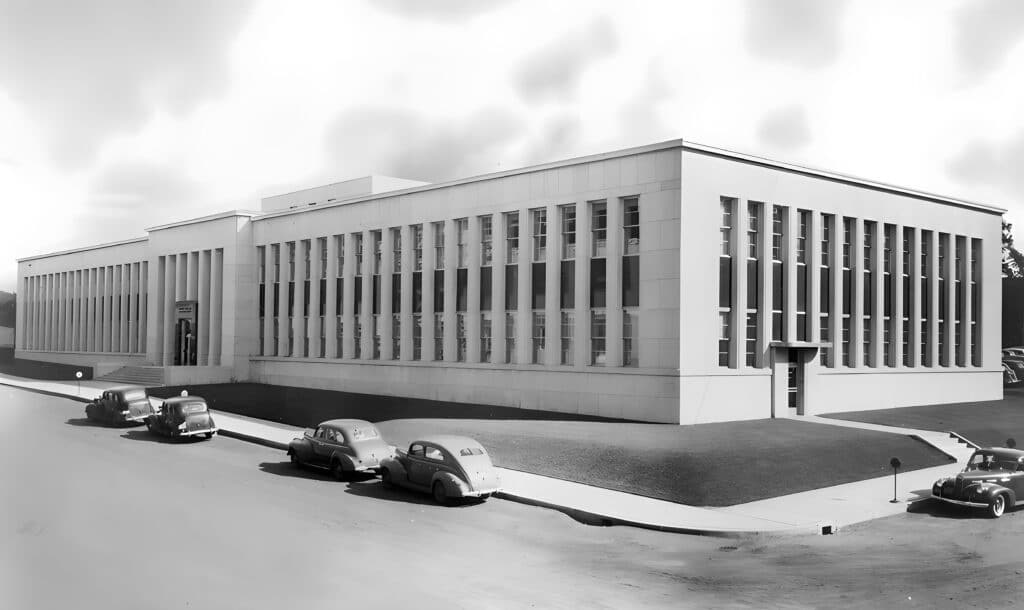 3M Administration Building in St. Paul, Minnesota
3M Administration Building in St. Paul, Minnesota
During this time, we helped shape post-war Minnesota and formalized our evolving identity with a new name. In 1956, the company name was changed to Toltz, King, Duvall, Anderson & Associates, Inc., reflecting the ownership positions of Arndt Duvall, Gerald Anderson, and other shareholders. Significant changes in our leadership occurred during this period, with Arndt Duvall assuming leadership as President. Duvall was instrumental in developing relationships with municipal clients throughout the Minneapolis-St. Paul metropolitan area that would continue for decades.
Our partnership with Minnesota Mining and Manufacturing continued to grow at their aggregate plants with the post-war building boom increasing demand for roofing products. Our education facility business also grew through this period along with the Baby Boom generation. In 1956, we conducted preliminary planning work for the Minneapolis-St. Paul Sanitary District, which set the road map for the expansion of sanitary sewer services to the entire region. Today, we continue our partnership with this client, now known as the Metropolitan Council’s Environmental Services division. Through the 1960s, we grew with the Twin Cities, remaining instrumental in the design of the regional wastewater system, the Minneapolis-St. Paul International Airport, large street and utility systems for rapidly growing communities, and buildings for area school districts. 1965 marked the beginning of our work for the Minnesota State Fair, another client we continue to serve today.
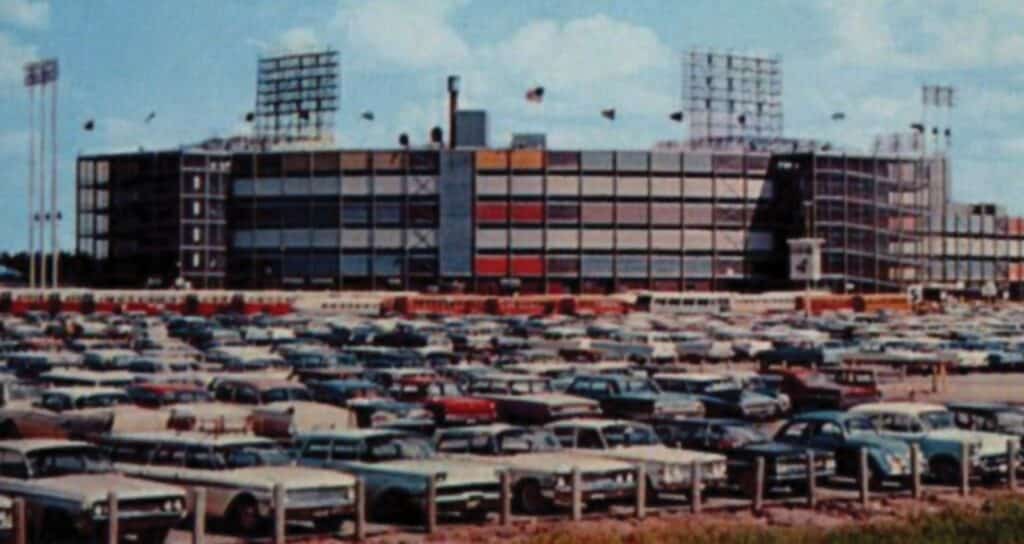 Metropolitan Stadium in Bloomington, Minnesota
Metropolitan Stadium in Bloomington, Minnesota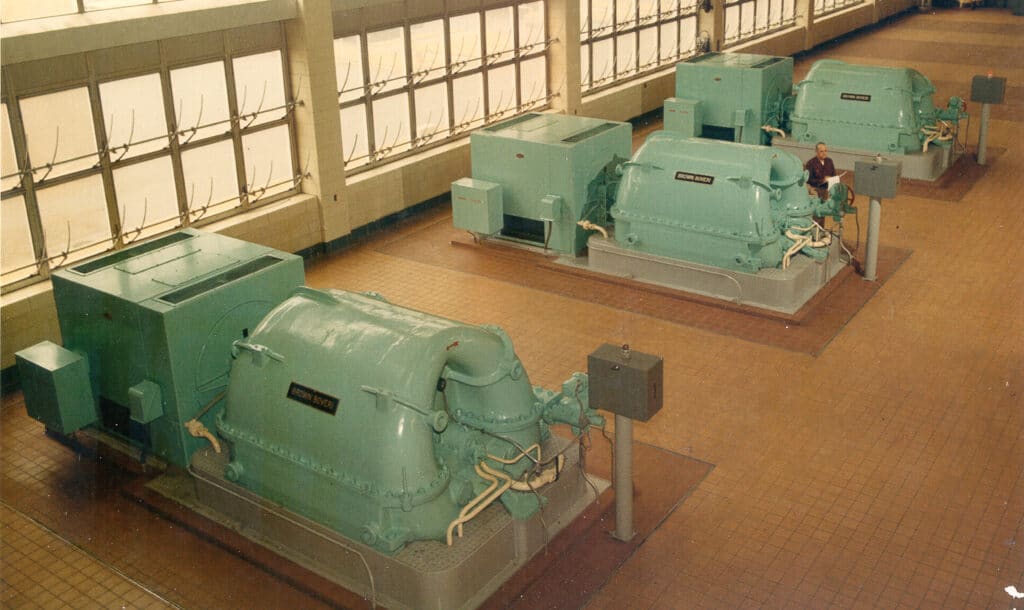 Pig’s Eye Wastewater Treatment Plant in St. Paul, Minnesota
Pig’s Eye Wastewater Treatment Plant in St. Paul, Minnesota
TKDA entered the 1970s with a growing business designing manufacturing facilities, continuing work with 3M, and adding other well-known corporate clients. Municipal and regional infrastructure growth remained a central component of our business through this period, including an expansion of the Metropolitan Wastewater Treatment Plant on Pig’s Eye Island for what is now the Metropolitan Council’s Environmental Services division.
Notable projects during the 1980s included renovating the Pioneer and Endicott Buildings in St. Paul. Not only are these buildings listed on the National Register of Historic Places, but the Pioneer Building was home to The Toltz Engineering Company at our founding. TKDA also provided engineering services for the Jean K. Freeman Aquatics Center at the University of Minnesota. The center has hosted important national swim meets since its construction, including most recently the 2024 U.S. Olympic and Paralympic Trials.
In 1979, Robert Ryder became President of TKDA. A civil engineer, he was known for the special rapport he carried with clients such as the 3M Company, the U.S. Army Corps of Engineers, and the Saint Paul Port Authority. In 1981, Duane Prew became President and Chief Executive Officer of TKDA. Prew proved to be a strong leader through tough economic times, laying the groundwork for the company to become employee owned.
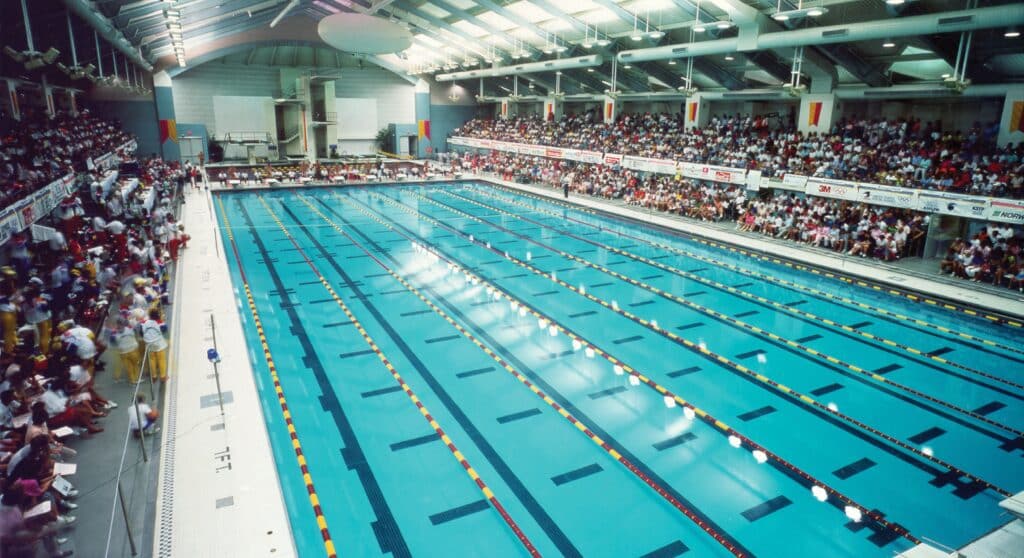 Jean K. Freeman Aquatics Center at the University of Minnesota
Jean K. Freeman Aquatics Center at the University of Minnesota IBM Campus in Rochester, Minnesota
IBM Campus in Rochester, Minnesota
In 1994, we began our journey to full employee ownership by establishing and transferring ownership of a portion of the company to our Employee Stock Ownership Plan (ESOP).
In 1997, civil engineer Darrel Berkowitz became our President and CEO. Known as an advocate for Minnesota’s transportation system, Berkowitz was integral to winning large transportation projects in the Twin Cities. Civil and agricultural engineer Richard Sobiech became President and CEO of the company in 2000. Sobiech reshaped the employee-ownership culture, designing and implementing a management structure to support a new vision for TKDA. Soon after, in 2001, TKDA became 100% employee owned through its ESOP. This milestone was momentous in the evolution of our company, fueling our ownership culture and continued growth. In 2006, TKDA promoted civil and structural engineer William Deitner to CEO, where he later assumed both the President and CEO roles in 2012. Geographic growth came into focus at this time, with TKDA opening an office in the Chicago area in 2002. Five years later, we established our presence in Southern California.
TKDA’s project work through the 1990s grew on our strength in transportation infrastructure and featured the award-winning Wabasha Street Bridge. This period also saw our reputation and portfolio grow in sports and recreation facility design for higher education clients and communities. We continued through the 2000s with significant surface transportation, aviation, and rail work, including a key role on the team that designed and constructed the I-35W bridge as an emergency project after the original structure tragically collapsed. Through this time, TKDA also completed important projects for our growing list of manufacturing clients.
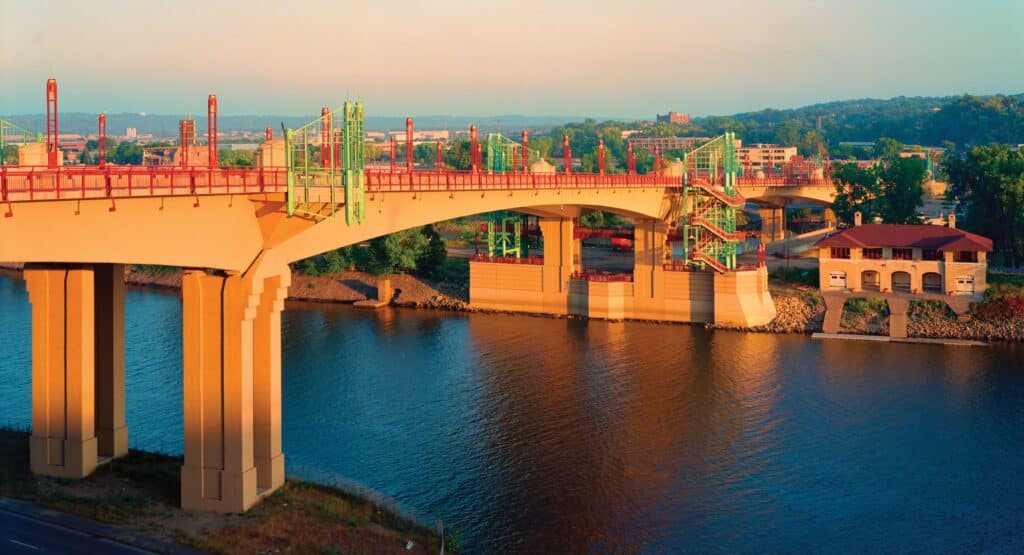 Wabasha Street Bridge in St. Paul, Minnesota
Wabasha Street Bridge in St. Paul, Minnesota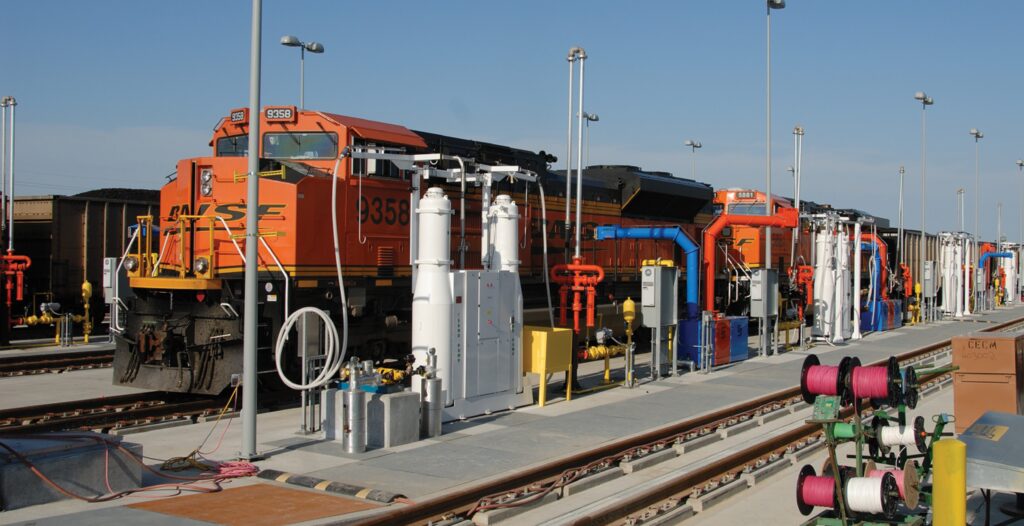 BNSF Hobson Yard Fueling Platform in Lincoln, Nebraska
BNSF Hobson Yard Fueling Platform in Lincoln, Nebraska
In 2018, Thomas Stoneburner took on the roles of President and CEO where his leadership set TKDA on a course to sustained, accelerated growth. In 2024, Jeffrey Lipovetz was named our new President and CEO.
TKDA has remained committed to geographic growth and our expansions to Duluth, Seattle, and Eastern Wisconsin have contributed greatly to our geographic and market diversification. Today, TKDA’s work spans the nation as we continue diversifying our client base, the markets we serve, and our office locations. We invest in new capabilities and in expanded opportunities for our employee owners, while solving challenges with our clients in transportation, industrial and manufacturing, water, and buildings and sites.
Our future can be found within TKDA today in the employee owners who are the source of our growth. The culture of innovation, excellence, and cross-discipline collaboration that Toltz and our founding partners fostered in our earliest days as a business continues to be the defining characteristic of TKDA. Our legacy, wisdom, and perspective instill in us a culture that inspires and empowers our employee owners to deliver world-class solutions to our clients.
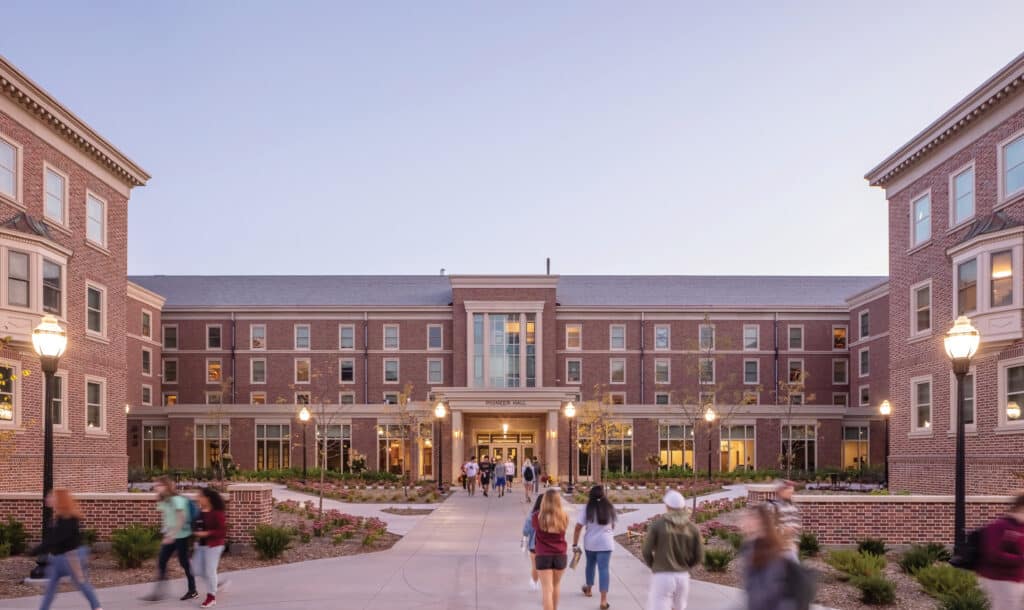 Pioneer Hall at the University of Minnesota
Pioneer Hall at the University of Minnesota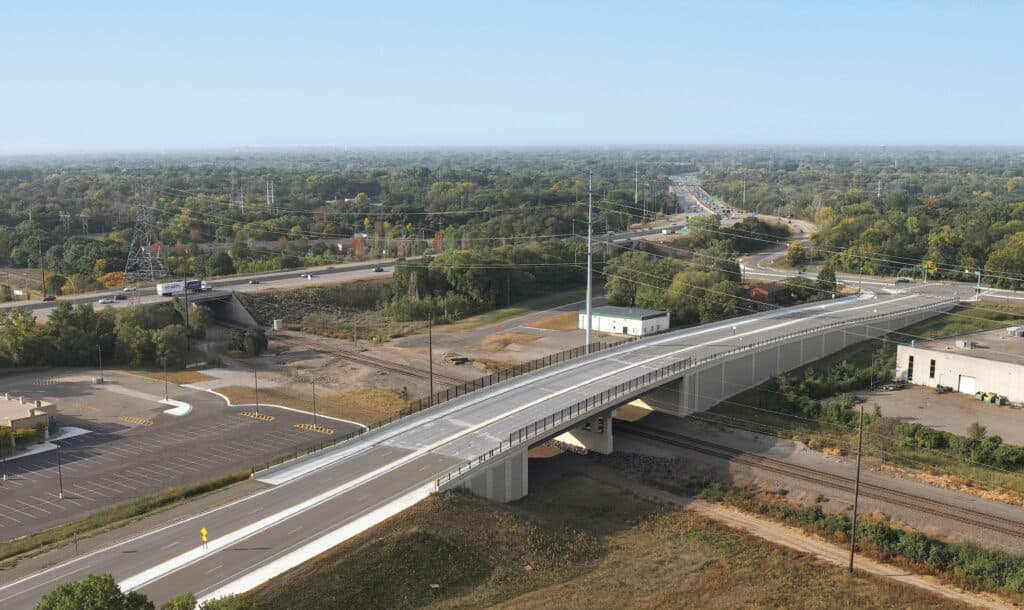 Foley Boulevard in Coon Rapids, Minnesota
Foley Boulevard in Coon Rapids, Minnesota

